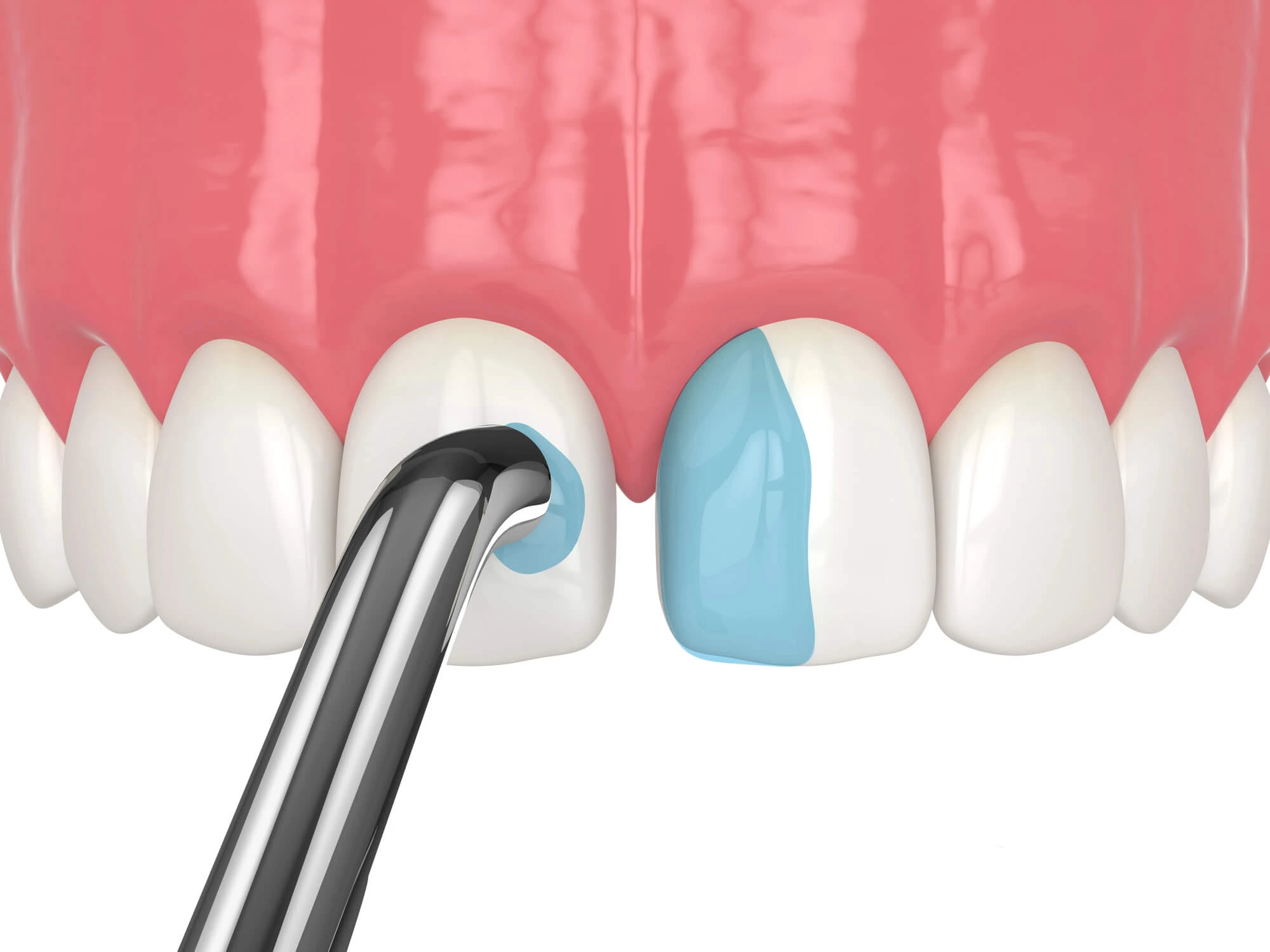Imperfections in our mouths can be a source of insecurity—especially if they are located in our front teeth. From stains to chips, these details could seem small, but they can easily affect the balance of our smile. Luckily, dental bonding and veneers are treatments offered by the best dentist in Morton, IL. These can hide these imperfections and enhance our grin.
But what’s the difference between these two cosmetic options?

Understanding The Difference Between Veneers and Bonding
What Are Dental Veneers?
A dental veneer is a custom-made shell that fits over the front surfaces of teeth to improve their appearance. Veneers conceal cosmetic imperfections such as cracks, chips, and stains and can change a tooth’s length, size, color, and shape. Because of their versatility, they have become one of the most common cosmetic dentistry treatments.
In a process known as "smile makeover," you can get veneers for a single tooth or 6 to 8 veneers to cover the entire front of your smile.
Veneers are natural-looking and blend in with the rest of your smile because they’re custom-designed at a dental lab. During veneer placement, the dentist must remove a bit of enamel, the outermost layer of your smile. This makes them irreversible, meaning that your veneer needs to be replaced.
What Is Dental Bonding?
Dental bonding, sometimes called a composite restoration, is a dental procedure used to close spaces and fix chips in teeth or to solve other cosmetic dental concerns, like discoloration and cracks.
Unlike veneers, dental bonding is performed in-office by a cosmetic dentist. It helps solve more subtle issues. Dental bonding is reversible, unlike other cosmetic dental treatments, such as porcelain veneers. You’ll likely need touch-ups every 3 to 7 years.
Questions to Ask Yourself to Pick Between Dental Bonding and Veneers
1. What Is My Main Cosmetic Concern?
Bonding is recommended for minor chips, cracks, small gaps, or discoloration. If you’re looking for a more dramatic change, involving multiple teeth, veneers may be a better option.
2. How Long Do I Want the Results to Last?
Dental bonding can last from 3 to 7 years with proper care. This involves brushing your teeth after every meal, flossing daily, and visiting the dental office frequently for exams and dental cleanings.
With the same care, veneers can last up to 20 years—meaning a longer lifespan.
3. Am I Okay with Altering my Natural Tooth Structure?
As mentioned, veneers require enamel removal, making the procedure irreversible. Bonding may necessitate a small amount of enamel removal, which is frequently reversible.
4. How Much Maintenance am I Willing to Commit to?
Dental bonding is performed with composite resin, a substance more prone to staining and chipping, and may need touch-ups. Porcelain veneers are more stain-resistant, which translates to less maintenance overall.
5. Do I Grind or Clench My Teeth?
Teeth grinding is a serious condition that can wear out your smile over time. And, if your natural teeth can’t withstand the pressure, restorations like bonding or veneers can withstand it even less.
For both treatments, getting a mouthguard is crucial to prevent damage. However, veneers may be the best option if your grinding is severe, as bonding may chip more easily.

Let the Best Dentist in Morton, IL, Help You Find the Best Treatment
Choosing between dental bonding and veneers depends on your aesthetic goals, budget, lifestyle, and oral health. While veneers are longer-lasting and made of more resistant materials, they are irreversible and often recommended for more noticeable flaws.
On the other hand, bonding is a simple and quick way to eliminate imperfections, but it has a shorter lifespan. If you’re still in doubt about the tooth after asking yourself all of these questions, call Smalltown Dental for a professional recommendation!








.webp)








